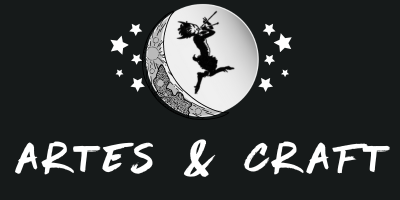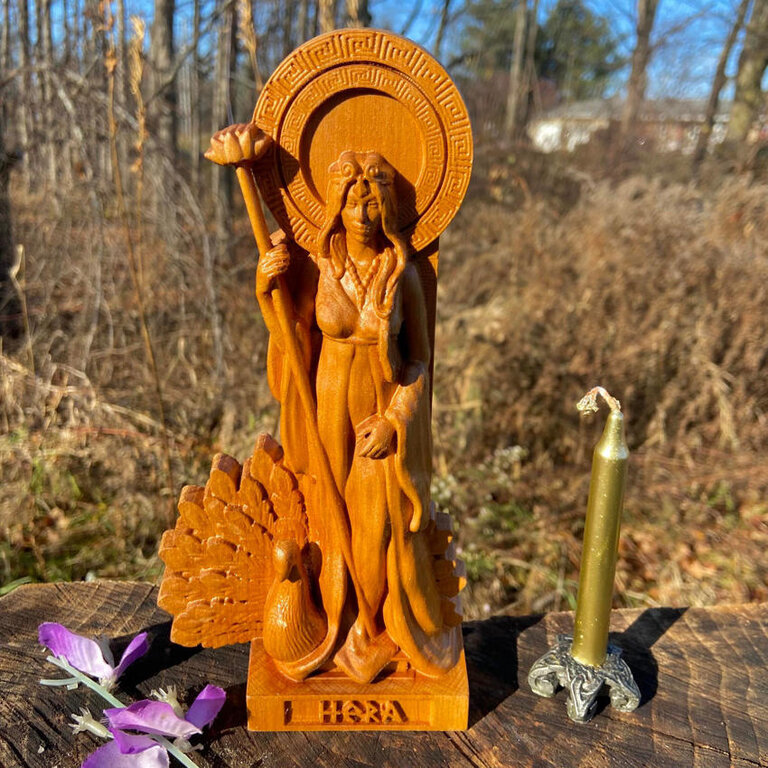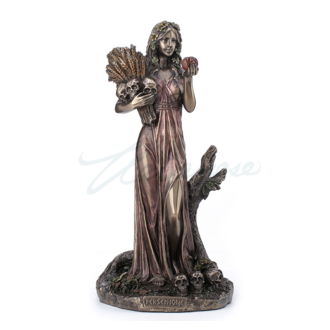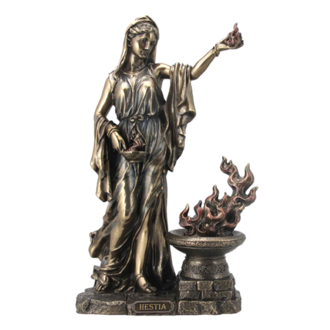


Login
Log in if you have an account
Register
Having an account with us will allow you to check out faster in the future, store multiple addresses, view and track your orders in your account, and more.
Create an accountWe proudly import these from Northern Europe! A small pagan company in Ukraine hand carves these amazing altar statues of the pagan gods and goddesses BY HAND! Most pagan statues on the market are “cold cast resin” – which is fine, but they are basically resin/plastic and mass produced. These are unique, every detail is hand carved! These are tools you will be proud to pass onto the next generation!
Approximately 9 inches high.
Carved from beautiful Alder, one of the famous Celtic Ogham trees. Alder trees feature often in Celtic Mythology and Folklore. They are said to be home to fairies, they are the symbol of Bran in Welsh Mythology and are most often associated with water, secrecy, nature, spirituality, and balance. Alder trees were a source of great mystery to the Celts. Their sap turns a deep red when exposed to the air, as if they could bleed when cut. The bleeding bark and affinity with water led to many negative superstitions about the trees. Alders were considered highly sacred, mysterious and secretive, often thought of as representing nature itself and containing the souls of our ancestors. For this reason Alder is a great choice for a hand carved pagan god or goddess statue for your ritual altar!
The wife of Zeus, the Queen of Olympus, and the Olympian goddess of marriage. As such Hera is also the deity most associated with family and the welfare of women and children. Her marriage, however, was an unhappy one, since Zeus had numerous affairs. Jealous and vengeful, Hera made sure to give each of his consorts some hard time. Based on the number of cults, Hera was a very ancient goddess, possibly predating even Zeus. In fact, it’s assumed that we don’t even know her original name. “Hera” is actually a title, which is usually translated as “Lady” or “Mistress.” Hera’s Roman counterpart was Juno, the goddess who gave her name to the month of June, even today, the most popular time for weddings.
Hera was usually portrayed alongside Zeus, as a fully clothed matronly woman of solemn beauty, wearing a cylindrical crown called polos or a wreath and a veil. Sometimes she carries a scepter capped with a pomegranate and a cuckoo – the former a symbol of fertility, the latter a token of the way she was wooed by Zeus. She is also often accompanied by a peacock, one of her sacred animals. Homer often refers to Hera as “cow-eyed” and “white-armed” – which are her most famous epithets. She is also sometimes called “a virgin,” since it was believed that every year she bathed in a spring to renew her virginity.











